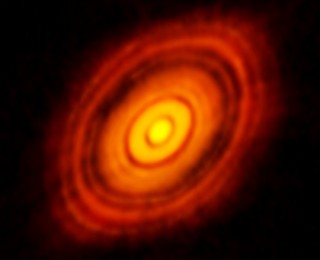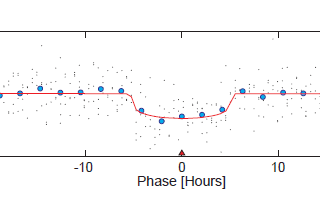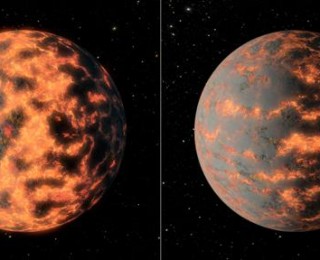
by David Wilson | Oct 26, 2015 | Daily Paper Summaries
In around five billion years, the hydrogen fuel in the core of the Sun will run out, and our star will begin to die. After swelling up into a red giant, many times bigger than its current size, the Sun will blow away its outer layers to leave a tiny, ultra-dense core, around the size of the Earth. White dwarfs, as these dead, slowly cooling star cores are known, are the ultimate fate for the vast majority of stars in the Universe.

by David Wilson | Sep 28, 2015 | Daily Paper Summaries
Nearly a year ago, the ALMA collaboration released this stunning image of the young star HL Tau. The sub-millimeter wavelengths of light that ALMA detects revealed a vast disc of gas and dust, several times larger than Neptune’s orbit. Intriguingly, the disc was divided up into a series of well-defined, concentric rings.
The cause of the rings seemed clear: There must be planets around HL Tau, their gravity sculpting the gas and sweeping out the dark gaps in the disc.

by David Wilson | Aug 3, 2015 | Daily Paper Summaries
Last month Nasa announced, in what seems like a roughly annual event, the discovery of “Earth 2.0”. Described as a “Bigger, Older Cousin to Earth”, Kepler 452b is the first small planet (defined here as less than twice the radius of the Earth) to be in a roughly one year orbit around a Sun-like star.
But is it otherwise that similar to the Earth? Is it potentially habitable? To try and answer that, let’s look at the discovery paper.

by David Wilson | Jun 9, 2015 | Daily Paper Summaries
Among the many ideas proposed to explain the formation of our Solar system, one of the leading theories is the “Grand Tack”. This scenario suggests that, early in their formation, Jupiter and Saturn undertook a sweeping voyage, migrating from the outer Solar System to within the orbit of Mars. The two huge planets then entered an orbital resonance with each other, before their cosmic dance took them back out to their current positions. The model neatly explains, amongst other things, the current locations of Mars, the Asteroid Belt and the outer planets—which are hard to recreate in models assuming a more static Solar System.

by David Wilson | May 12, 2015 | Daily Paper Summaries
Of the more than 1500 exoplanets discovered over the past two decades, perhaps the most intriguing and unexpected have been the ultra-short period planets, worlds so close to their parent star that they complete an entire orbit in less than a day. Most are small, less than twice the radius of the Earth, and are so hot that their rocky crusts are being melted away. The debris could be used to investigate the composition of these mysterious worlds, but most of them are too small for our current instruments to observe in detail.





